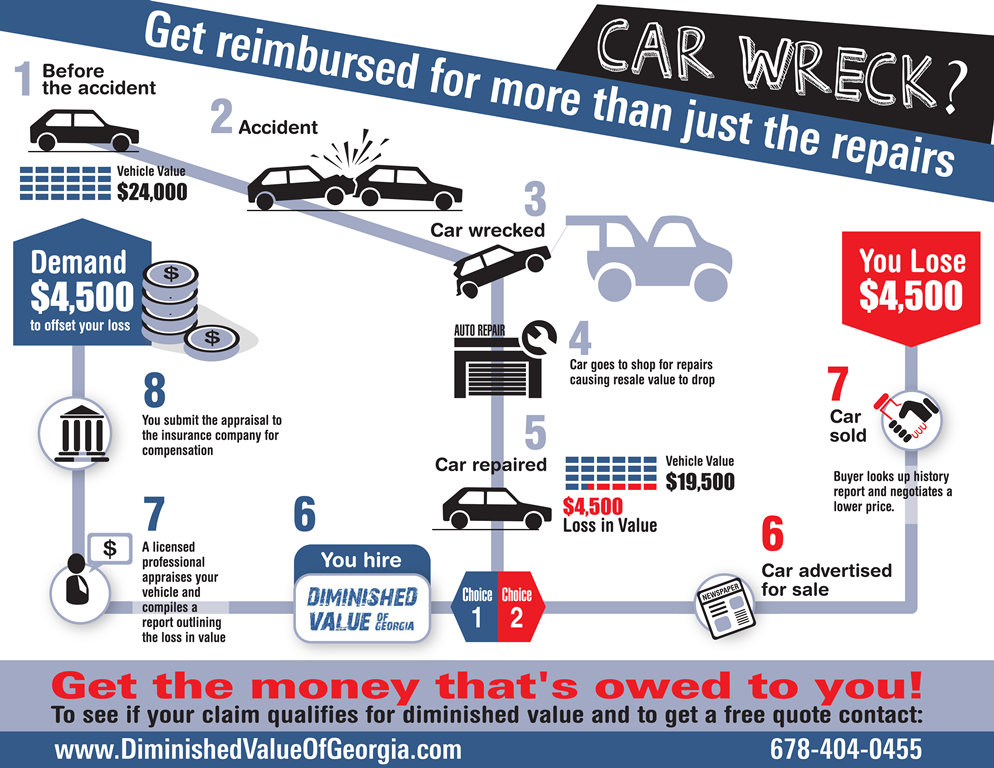Wondering Regarding The Meaning Behind Those Dashboard Warning Lights? Gain Understandings Right Into Their Ramifications For Your Automobile'S Safety And Upkeep
Wondering Regarding The Meaning Behind Those Dashboard Warning Lights? Gain Understandings Right Into Their Ramifications For Your Automobile'S Safety And Upkeep
Blog Article
Web Content Writer-Sykes Torres
When you lag the wheel, those radiant warning lights on your control panel can be a bit difficult. Do https://brake-shop-near-me39406.blogsmine.com/30754374/eager-to-know-what-the-control-panel-caution-lights-in-your-auto-signify-explore-their-significances-for-the-health-and-safety-of-your-automobile understand what they're attempting to inform you concerning your cars and truck's health? Recognizing the relevance of these lights is vital for your safety and the long life of your car. So, the next time one of those lights pops up, wouldn't you wish to decode its message accurately and take the essential actions to address it?
Common Caution Lights and Interpretations
Recognize common warning lights in your car and comprehend their definitions to guarantee risk-free driving.
The most regular caution lights consist of the check engine light, which indicates issues with the engine or discharges system. If this light begins, it's vital to have your vehicle examined quickly.
The oil pressure cautioning light shows reduced oil pressure, calling for instant attention to stop engine damage.
A blinking battery light could recommend a faulty billing system, possibly leaving you stranded if not resolved.
The tire pressure monitoring system (TPMS) light notifies you to reduced tire pressure, impacting car stability and fuel performance. Neglecting this can cause harmful driving conditions.
The ABS light shows a trouble with the anti-lock stopping system, endangering your capability to stop swiftly in emergency situations.
Finally, the coolant temperature warning light warns of engine overheating, which can lead to severe damage otherwise settled promptly.
Recognizing these usual caution lights will certainly assist you resolve concerns without delay and preserve safe driving problems.
Relevance of Prompt Interest
Recognizing the common caution lights in your vehicle is just the primary step; the relevance of promptly dealing with these cautions can't be stressed enough to ensure your safety and security when traveling.
When a warning light illuminates on your control panel, it's your automobile's method of communicating a potential concern that requires interest. Neglecting these warnings can bring about more severe troubles down the road, compromising your safety and security and possibly costing you a lot more out of commission.
Trigger attention to advising lights can avoid breakdowns and crashes. For example, a flashing check engine light can suggest a misfire that, if left neglected, can create damage to the catalytic converter. Addressing this immediately can conserve you from a costly repair work.
In a similar way, a brake system advising light may indicate low brake fluid or worn brake pads, vital components for your safety and security when driving.
Do It Yourself Troubleshooting Tips
If you observe a caution light on your control panel, there are a couple of do it yourself fixing suggestions you can attempt before seeking expert help.
The primary step is to consult your auto's handbook to comprehend what the specific caution light indicates. In some cases the problem can be as basic as a loose gas cap activating the check engine light. Tightening the gas cap may solve the problem.
https://www.chattanoogan.com/2022/4/10/446930/East-Lake-Auto-Repair-Shop-Damaged-And.aspx is a low battery, which can trigger numerous alerting lights. Checking the battery connections for rust and guaranteeing they're safe might repair the problem.
If a warning light lingers, you can try resetting it by detaching the auto's battery for a couple of minutes and after that reconnecting it. Additionally, checking your car's fluid levels, such as oil, coolant, and brake fluid, can help fix cautioning lights associated with these systems.
Conclusion
Finally, understanding your vehicle's warning lights is vital for maintaining your vehicle running efficiently and safely. By without delay attending to these alerts and knowing what they indicate, you can avoid costly repair services and possible malfunctions.
Remember to consult your car's guidebook for particular information on each cautioning light and act appropriately to make sure a trouble-free driving experience.
Remain notified, stay secure when driving!
